How the World Learns: Comparative Educational Systems By Alexander Wiseman
$239,00 $5,00
How the World Learns: Comparative Educational Systems – Digital Download!
Let’s embark on a captivating adventure to uncover remarkable insights that spark your curiosity and elevate your understanding
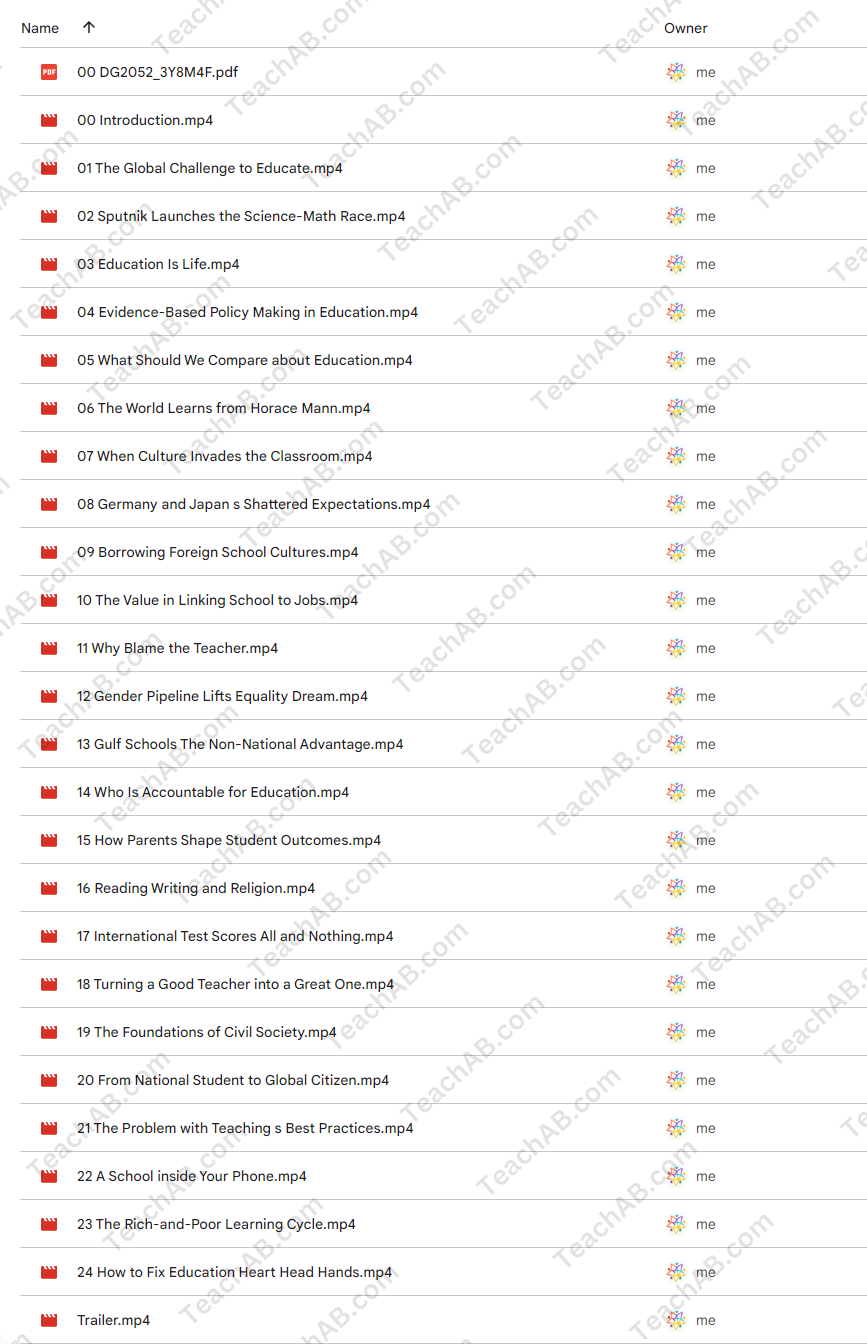
How the World Learns: Comparative Educational Systems By Alexander Wiseman
Overview

How the World Learns: Comparative Educational Systems
In a world that is increasingly interconnected, understanding how education systems operate across different nations becomes essential. Alexander Wiseman’s “How the World Learns: Comparative Educational Systems” provides an illuminating analysis of this complex landscape. Wiseman, a distinguished scholar in comparative and international education, delves into the diverse educational frameworks and policies around the globe, revealing how cultural, political, and economic factors coalesce to shape learning experiences. This examination not only highlights the importance of local contexts but also underscores the effects of globalization on education, often leading to a standardization that can mask the unique educational needs of specific communities. This exploration serves as both a scholarly resource and a practical guide, challenging educators and policymakers to rethink how educational practices can evolve in a rapidly changing world.
Understanding Comparative Education
The Framework of Comparative Education
Comparative education seeks to systematically analyze and compare different educational systems to understand their strengths, weaknesses, and contextual influences. Wiseman emphasizes that this field is not merely about ranking educational systems based on standardized tests. Instead, it is about understanding the myriad variables that affect educational outcomes, from socio-economic status to historical contexts. For instance, countries like Finland are often lauded for their educational success because of their innovative teaching practices, yet these practices can’t simply be exported without considering the overarching cultural frameworks that sustain them.
In Wiseman’s work, the differences among educational contexts are likened to a vast tapestry, where each thread represents distinct cultural, historical, and socio-political influences. Drawing parallels between diverse systems helps to illustrate that education is not a one-size-fits-all solution. Rather, educational effectiveness depends on context, making the comparative approach vital for educators worldwide.
Cultural, Political, and Economic Influences
Educational systems cannot exist in a vacuum; they are deeply interconnected with the prevailing cultural, political, and economic factors. For example, in societies where education is seen as a collective endeavor, such as in many Asian cultures, family and communal involvement in education plays a critical role. Conversely, in more individualistic societies, education may emphasize personal achievement and competition.
In addition, political stability or instability can significantly affect a nation’s educational policies. The book highlights how countries experiencing political turmoil often prioritize different educational goals, which can lead to disparities in educational quality and accessibility. In post-conflict regions, for example, educational systems may focus on rebuilding rather than delivering consistent quality, illustrating the adaptability and responsiveness of education to political contexts.
Language’s Role in Education
One of the pivotal aspects of Wiseman’s analysis is the role of language within educational systems. Language serves not only as a medium of instruction but also as a cultural vessel that carries the values and knowledge of a society. The predominance of English in global education exemplifies this dynamic. While English serves as a lingua franca, providing access to global knowledge and opportunities, it can also create barriers for non-native speakers. This paradox is particularly relevant in regions where local languages are overshadowed, compromising students’ cultural identity and connection to their heritage.
Moreover, the emphasis on English can lead to a homogenization of educational practices, wiping away local customs and teachings essential for a holistic education. Therefore, Wiseman advocates for a balanced approach that respects local languages and cultures while acknowledging the global trends reshaping education.
Globalization vs. Localization
The Double-Edged Sword of Globalization
Globalization has reshaped educational landscapes, presenting opportunities and challenges alike. On one hand, it promotes the exchange of ideas, methodologies, and resources across borders, enriching local educational practices. On the other hand, it can lead to the homogenization of education, where local needs and cultural specifics may be overlooked in favor of universal standards. This theme resonates throughout Wiseman’s work, highlighting the critical need for balance.
For instance, the influence of Western educational models in developing countries may offer structured approaches but can also inadvertently erase local knowledge systems and pedagogical practices that are more in tune with community needs. Many educators are now advocating for an education that blends global best practices with local relevance, thereby creating systems that are both applicable and respectful of cultural contexts.
Embracing Local Contexts
Wiseman posits that learning environments should be tailored to fit the unique requirements of their societies. This preference for localized practices does not imply rejecting effective global strategies; rather, it advocates for a hybrid model that seeks to integrate valuable insights from abroad while preserving and enhancing local educational traditions. For instance, engaging local leaders and community members in the educational process can yield rich, culturally-informed curricula that inspire and motivate students.
Educators worldwide are beginning to apply this principle, blending contemporary pedagogies introduced through globalization with age-old traditions that reflect their cultural ethos. This integration not only enhances the relevance of education for students but also fosters a sense of belonging and pride.
Possible Solutions and Strategies
To navigate the complex interplay of globalization and localization successfully, Wiseman suggests actionable strategies:
- Fostering Local Engagement: Involve community voices in the design and implementation of educational curricula.
- Training Educators: Equip teachers with strategies to blend global techniques with local traditions.
- Promoting Bilingualism: Encourage the preservation of local languages while providing students with global language skills.
- Continuous Research: Invest in research that examines the effectiveness of various educational practices within local contexts.
By implementing these strategies, educational institutions can work toward maximizing their effectiveness while maintaining respect for local cultures and needs.
The Role of Educators and Policymakers
Shaping Educational Policies
Wiseman’s exploration brings to light the crucial role that educators and policymakers play in shaping educational standards worldwide. They function as change agents who can either reinforce systemic inequities or drive innovative reforms. Educators are at the frontline of implementing educational policies, making their insights invaluable. Wiseman notes that involving teachers in policy discussions leads to more viable and effective educational reforms, as these individuals possess firsthand experience of the challenges and advantages within their respective systems.
Consequently, policymakers should prioritize collaboration with educators to develop policies that reflect the realities of the classroom. This collaborative approach not only bridges the gap between theory and practice but fosters an environment conducive to progressive educational reform.
Understanding Global Educational Trends
Furthermore, Wiseman urges educators to remain attuned to global educational trends while critically evaluating their applicability to local contexts. The proliferation of technology in education serves as a prime example. While digital learning resources can expand access and enhance engagement, they must also be analyzed through the lens of local infrastructure and socio-economic realities.
For instance, in many developing countries, schools may struggle with reliable internet access, thus limiting the potential benefits of technology-enhanced learning. Educators must advocate for solutions that recognize these disparities, ensuring that technology serves as a tool for equity rather than exacerbating existing gaps.
Building Empathy and Inclusivity
Finally, Wiseman highlights the importance of empathy in education. As classrooms become increasingly diverse, it is vital for educators to create inclusive environments that meet the needs of all learners. Cultivating empathy among students and educators can foster a deeper understanding of the cultural and social dynamics at play within educational settings.
Strategies for enhancing inclusivity might include culturally responsive teaching practices, differentiated instruction, and active engagement with the broader community. By valuing each student’s background and experience, educators can create more equitable learning environments.
Conclusion
In “How the World Learns: Comparative Educational Systems,” Alexander Wiseman offers profound insights into the multifaceted world of education. By examining the intricate relationships between cultural, political, and economic factors, he provides a roadmap for educators and policymakers seeking to understand the diverse educational landscapes that exist globally. The call for balance between global movements and local contexts resonates strongly, reminding us that a successful education system must honor its roots while evolving with the times. In recognizing the power of collaboration, empathy, and contextual understanding, we can forge educational pathways that benefit all learners, setting the stage for a more inclusive and innovative future.
Frequently Asked Questions:
Innovation in Business Models: We use a group purchase approach that enables users to split expenses and get discounted access to well-liked courses. Despite worries regarding distribution strategies from content creators, this strategy helps people with low incomes.
Legal Aspects to Take into Account: Our operations’ legality entails several intricate considerations. There are no explicit resale restrictions mentioned at the time of purchase, even though we do not have the course developers’ express consent to redistribute their content. This uncertainty gives us the chance to offer reasonably priced instructional materials.
Quality Control: We make certain that every course resource we buy is the exact same as what the authors themselves provide. It’s crucial to realize, nevertheless, that we are not authorized suppliers. Therefore, the following are not included in our offerings: – Live coaching sessions or calls with the course author.
– Entry to groups or portals that are only available to authors.
– Participation in closed forums.
– Straightforward email assistance from the writer or their group.
Our goal is to lower the barrier to education by providing these courses on our own, without the official channels’ premium services. We value your comprehension of our distinct methodology.
Be the first to review “How the World Learns: Comparative Educational Systems By Alexander Wiseman” Cancel reply
You must be logged in to post a review.
Related products
Personal Development
Personal Development
The Others Within Us – Unattached Burdens and Guides in IFS Therapy By Robert Falconer
Personal Development
Personal Development
Personal Development
Online – The Demartini Values Training Program – USA 2020 (Videos Only) By Dr John Demartini

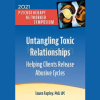








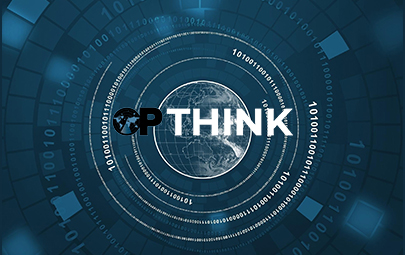

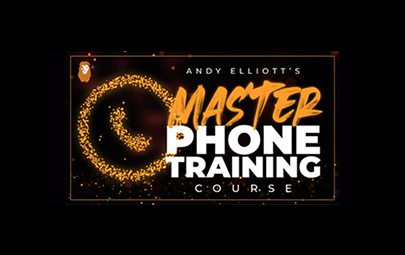





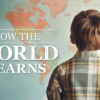
Reviews
There are no reviews yet.